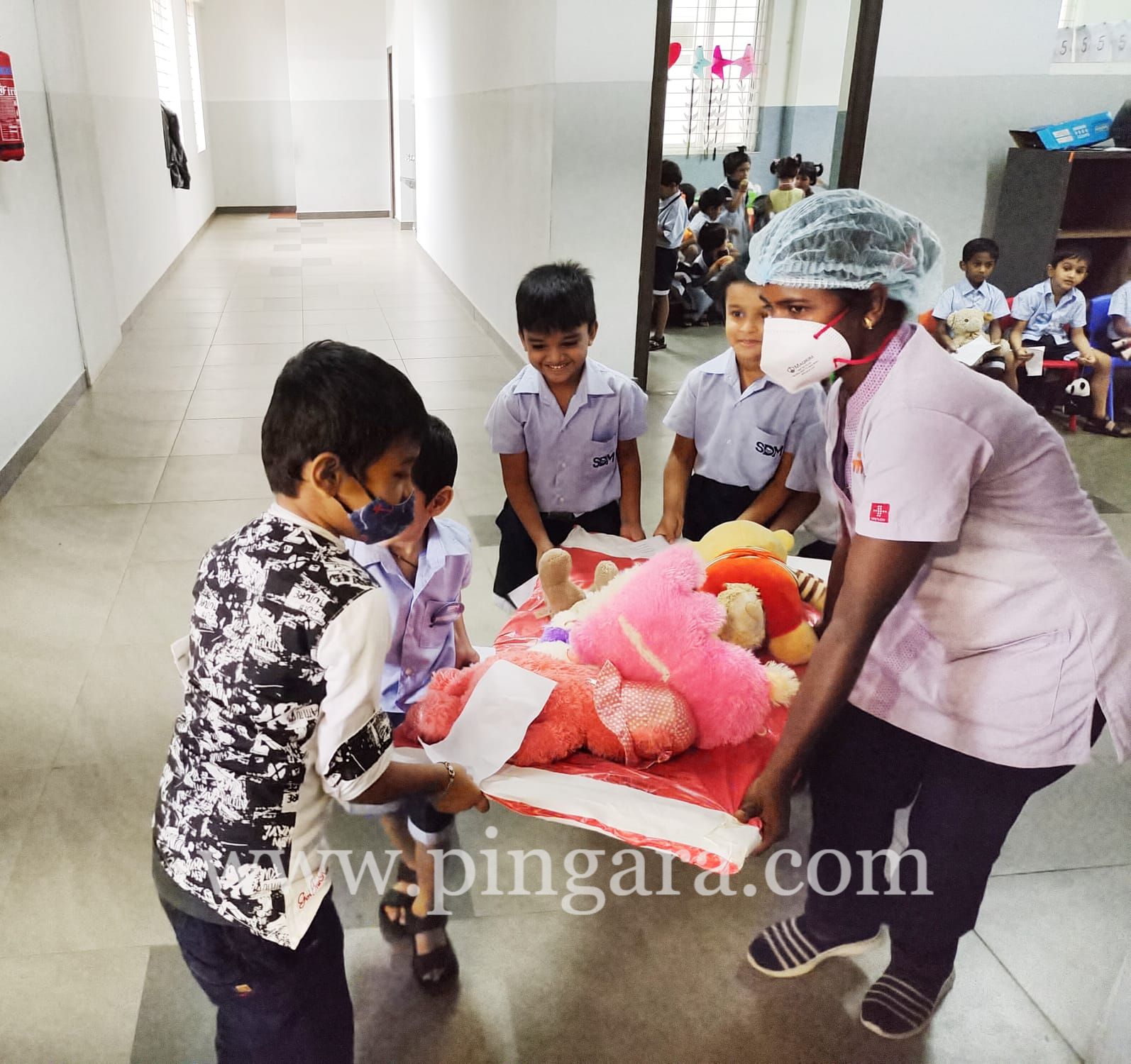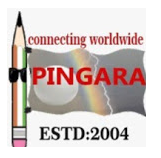Mangalore, July 18: KMC Hospital, Mangalore, initiated the Teddy Bear Clinic Program at SDM School, Ashoknagar Mangalore to spread awareness about preventative health issues and education mechanism for school-aged children. The program will reach out to many schools in the city wherein doctors from the hospital will educate school-aged children on wellness, and decrease their anxiety about visiting a hospital by providing them “hands-on” knowledge.
 Children are often unfamiliar with the hospital environment, health care personnel and medical procedures. They tend to use their wild imagination to create fantasies and distort information regarding hospitals. The Teddy Bear Clinic Program aims to reduce young children’s fear of doctors, hospitals, and medical procedures while enhancing their knowledge of health and diseases.
Children are often unfamiliar with the hospital environment, health care personnel and medical procedures. They tend to use their wild imagination to create fantasies and distort information regarding hospitals. The Teddy Bear Clinic Program aims to reduce young children’s fear of doctors, hospitals, and medical procedures while enhancing their knowledge of health and diseases.
Speaking on the initiative Dr. Jeedhu Radhakrishnan, Consultant Emergency Medicine, KMC Hospital, Mangalore, said, “Children aged 5 to 7 years got their favourite teddies to the clinic. As in a hospital setting, they registered their teddy names while presenting complaints. The teddy’s weight, height and temperature were measured. Doctors demonstrated clinical examination and showed usage of common instruments such as stethoscopes, tongue depressors and otoscopes on the teddies. Usage of hand rubs to disinfect hands was demonstrated. The children then acted like doctors and repeated clinical examinations with the instruments. Also, a mock fainting episode of their teddies on the road, with shifting into the ambulance with a stretcher was demonstrated. They were taken into the ambulance and shown the paraphernalia used for patient care. This programme was well appreciated by the children, school authorities and parents.”
Explaining the concept of Teddy Bear Clinics, Saghir Siddiqui, Regional Chief Operating Officer, KMC Hospital, Mangalore, said, “The Teddy Bear Clinic model is a preventative health and education mechanism to expose children to a simulated hospital and are asked to act as the parents of a teddy bear patient while moving through various medical stations set up as different parts of the hospital. The clinic includes role play, allowing for manipulation of materials by children, use of real-life medical equipment, taking place in a realistic setting, and having stations for children to move in small groups to get familiarized with hospital settings and medical personnel. The programme was well appreciated by the children, school authorities and parents.”
